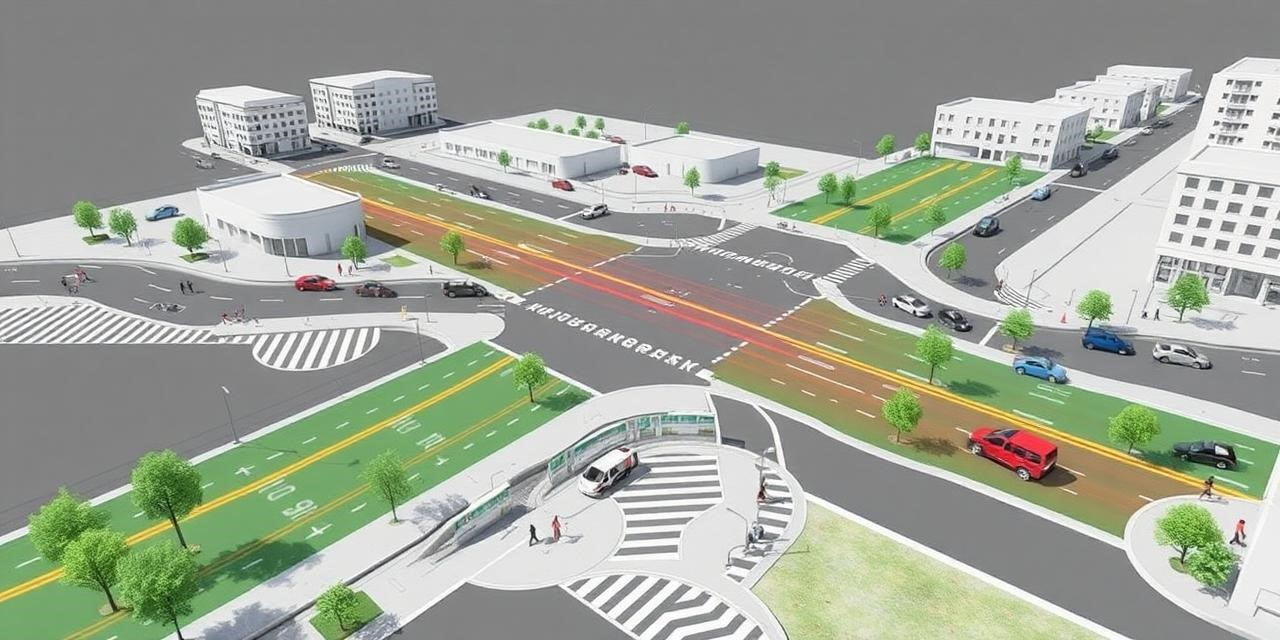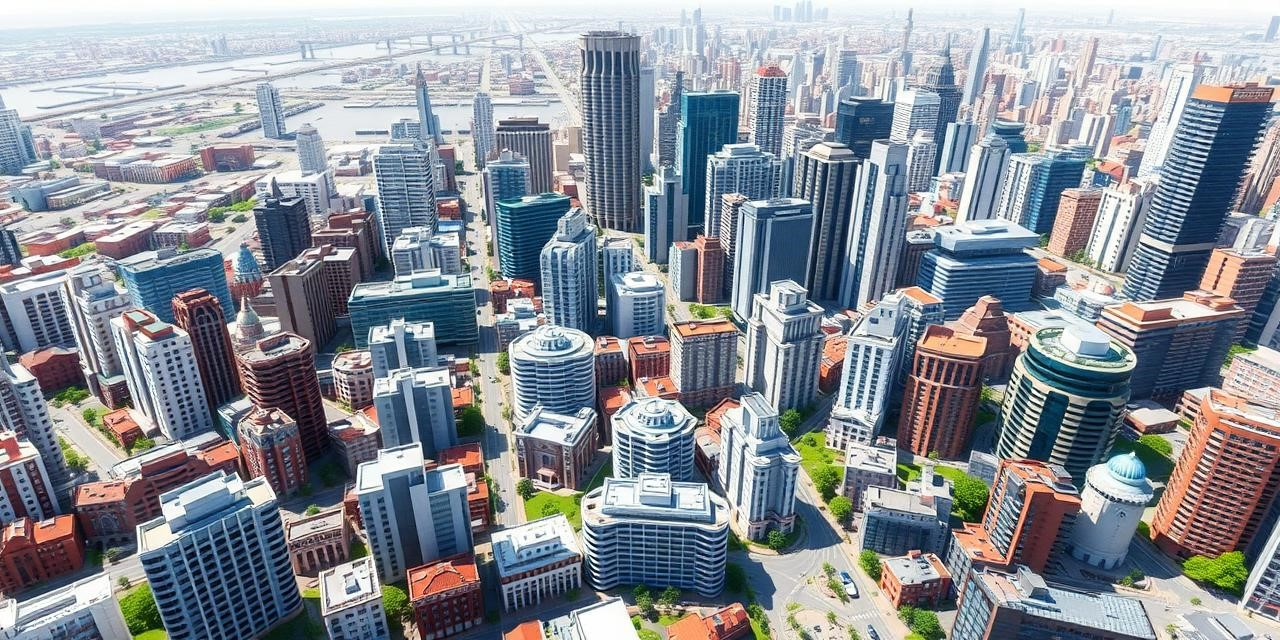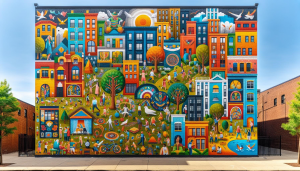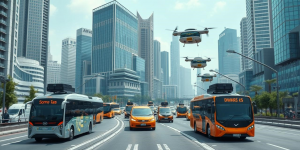Hey everyone, Julian Vance here. I’ve spent years navigating the maze of urban design, first at SOM and now with my own firm, Vance Urban Collaborative. One thing’s become crystal clear: Building Information Modeling (BIM) isn’t just for buildings anymore. It’s completely changing how we plan and design our cities. It’s boosting teamwork, making visualizations better, and leading to smarter, greener urban spaces. Think of BIM as the central nervous system for a city’s digital twin.
BIM: Beyond Buildings, Into the City
Most people picture architects designing skyscrapers when they think of BIM. And that’s definitely a big part of it. But BIM can do so much more than just individual buildings. In city planning, it’s a super-powered tool that can:
- Analyze Sites: Imagine being able to accurately model existing conditions – things like topography, utilities, even trees – all in one place. BIM lets us do that. It gives us a complete picture of a site’s good and bad points.
- Visualize Designs: Forget about boring, static images. BIM creates dynamic, interactive views that let everyone involved – city officials, locals – really see what new developments will look like. Think virtual tours and real-time shadow studies.
- Manage Infrastructure: BIM isn’t just about buildings; it’s about the whole urban system. We can use it to manage roads, bridges, water pipes, and sewers, scheduling maintenance and minimizing disruptions.
- Comply with Regulations: Dealing with zoning rules and building codes can be a nightmare. BIM can automate compliance checks, making sure projects meet all the rules.

How BIM Changes the Game: Benefits for Urban Planning
Using BIM in urban planning isn’t just about getting new tech; it’s about changing the whole way we work. The benefits are huge and affect everything:
- Better Teamwork: BIM gives everyone – architects, engineers, planners, developers, even the public – a place to work together on a single model. This means better communication, fewer mistakes, and faster decisions.
- More Efficiency: By automating a lot of the tasks in urban planning, BIM can cut down on project times and costs. Think faster approvals, fewer revisions, and better use of resources.
- Smarter Decisions: With accurate, up-to-date data, decision-makers can make better choices about everything from land use to transportation.
- Greener Cities: BIM lets us look at the environmental impact of new projects, helping us design buildings that use less energy, reduce pollution, and promote sustainable growth. We can simulate sunlight, analyze rainwater runoff, and even calculate the carbon footprint of different designs.
- Stronger Communities: Interactive BIM models make it easier for the public to understand new developments and give their input. This builds trust between developers and the community.
Honestly, the biggest benefit I’ve seen is better communication. I remember a project where we used BIM to show off a new development near a transit hub. The interactive model let people virtually walk through the site, check out different designs, and give feedback right then and there. We could never have done that with traditional drawings.
BIM Challenges: Obstacles to Adoption
Even though BIM has a lot to offer, there are challenges to using it in urban planning:
- Upfront Costs: BIM requires investing in software, hardware, and training. This can be tough for smaller firms and cities with tight budgets.
- Resistance to Change: Switching to BIM requires a big shift in how people work. Some people might not want to change or might not have the skills.
- Data Overload: Managing huge, complex BIM models can be difficult. It takes strong data management and skilled people.
- Software Compatibility: Making sure different BIM software programs can talk to each other can be tricky. It requires sticking to industry standards and using open data formats.
- Lack of Standards: The lack of standard BIM rules for urban planning can cause confusion and make it harder to collaborate.
To overcome these challenges, we need to focus on training, collaboration, and creating industry standards. We need to teach the next generation of urban planners and give them the skills they need to succeed with BIM.
The Future is BIM: Urban Design’s Trajectory
Urban design’s future is tied to BIM. As technology gets better, we can expect even more advanced uses of BIM in city planning. Here are a few trends to keep an eye on:
- GIS Integration: Combining BIM with Geographic Information Systems (GIS) will give us a better understanding of the urban environment, letting us analyze data across the entire city.
- Smart City Development: BIM will be key in creating smart cities, providing a platform for bringing together data from sensors, traffic cameras, and social media.
- Digital Twins: Creating digital twins of entire cities will let us test different ideas, try out new policies, and improve city performance in real-time.
- AI and Machine Learning: AI and machine learning can analyze BIM data, find patterns, and predict future trends, leading to more proactive and data-driven urban planning.
Imagine a city where every building, street, and utility is part of a dynamic, connected digital model. A city where planners can see the impact of new projects, improve traffic flow, and make life better for everyone. That’s what BIM promises for urban design, and I’m excited to be a part of it.
BIM in Urban Design: Your Questions Answered
- What’s the best BIM software for urban planning? While Revit is great for building design, software like Civil 3D and Infraworks are better for city-scale projects because they integrate with GIS and can model infrastructure.
- How can BIM get the public more involved in urban planning? Interactive BIM models let people see new developments, give feedback, and participate in making decisions.
- What skills do you need to work with BIM in urban planning? You’ll need to know BIM software, be good at managing data, and have a strong understanding of urban planning.
- Is BIM only for big cities? Nope. BIM can help cities of all sizes by making urban planning projects more efficient, collaborative, and well-informed.
Let’s embrace the power of BIM and work together to build cities that are smarter, greener, and more livable for everyone.


